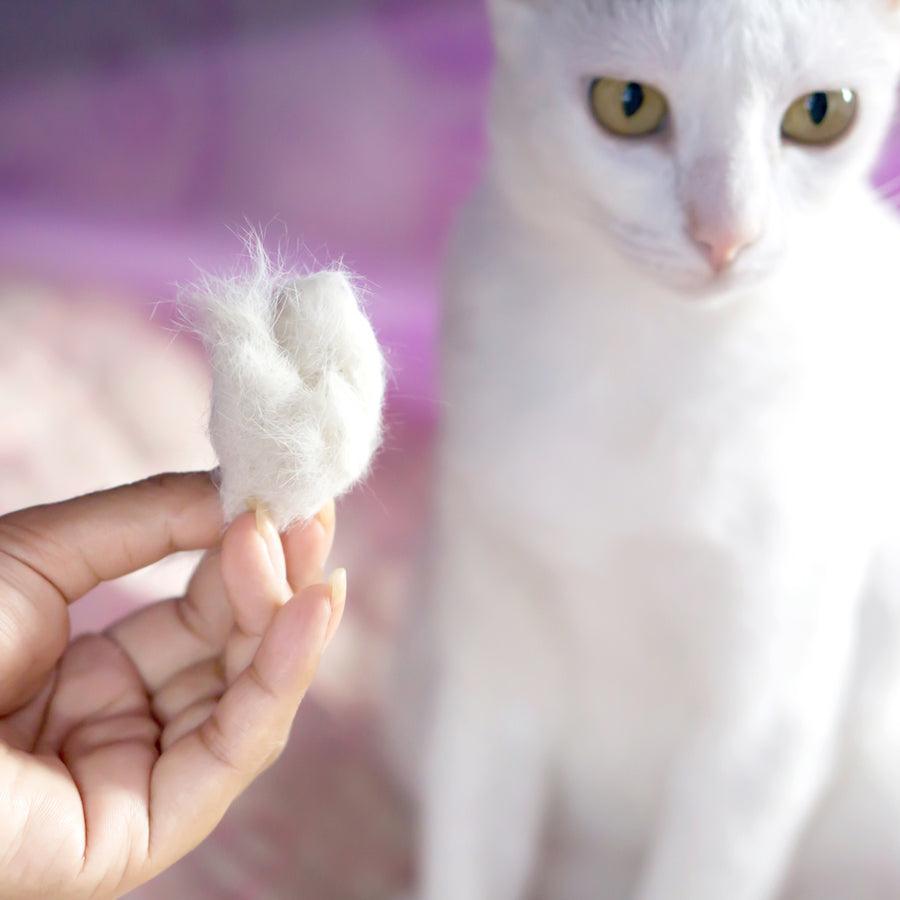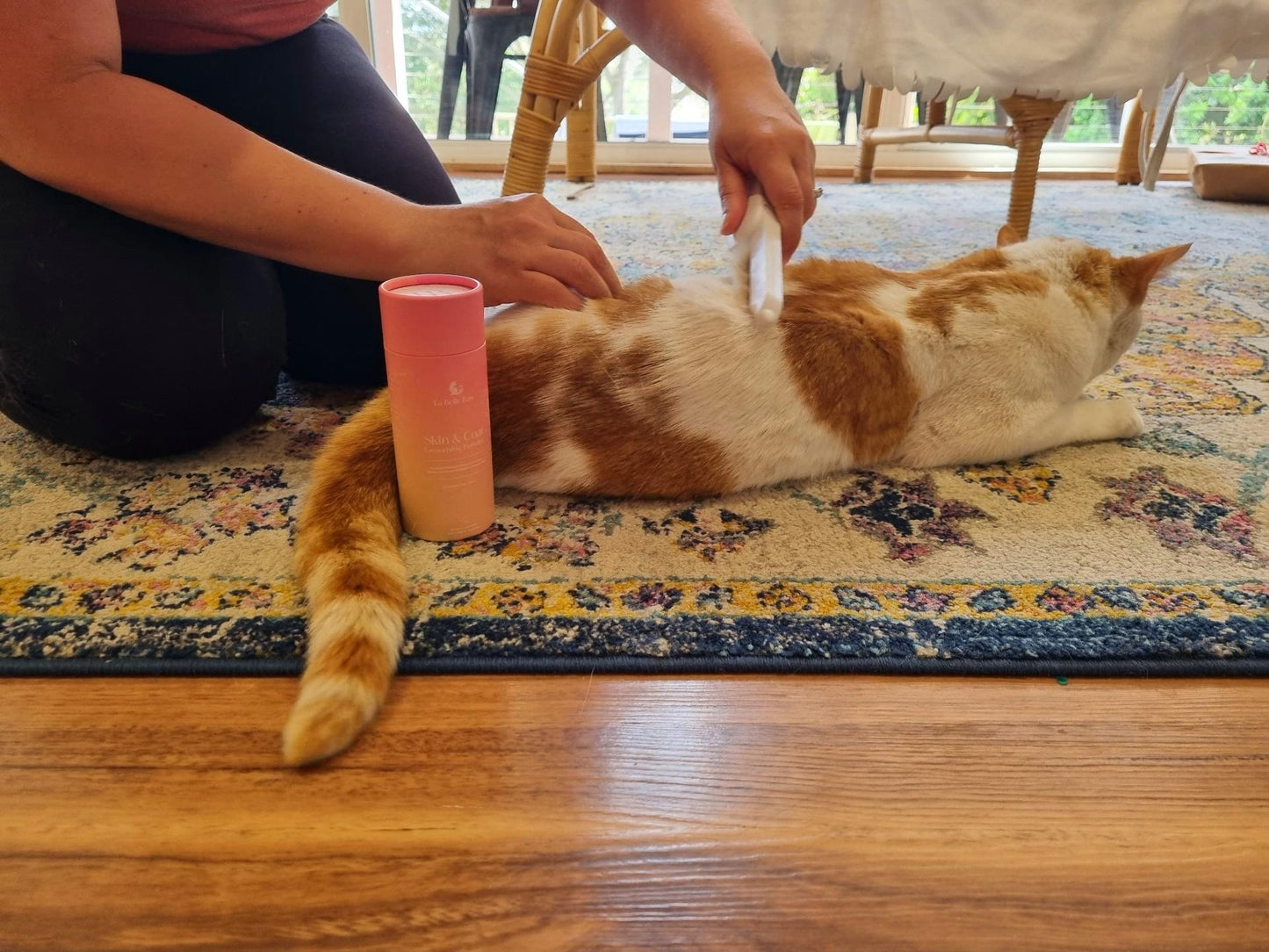
How to Reduce Cat Shedding at Home
Share
Cat shedding is a common concern for many pet owners. While it’s natural for cats to shed their fur, excessive shedding can be a nuisance in the home and may indicate an underlying issue. Fortunately, there are effective ways to manage shedding and keep your cat’s coat healthy. In this blog, we’ll explore simple and practical tips to reduce shedding at home, ensuring a cleaner space and a happier, healthier cat.
Why Do Cats Shed?
Shedding is a natural process that helps cats remove old or damaged fur. However, the amount and frequency of shedding can vary depending on factors such as:
-
Breed: Long-haired breeds like Persians and Maine Coons shed more than short-haired breeds.
-
Season: Cats tend to shed more during seasonal changes as they transition between their winter and summer coats.
-
Health: Poor diet, stress, or medical conditions can increase shedding.
Understanding the cause of your cat’s shedding is the first step in managing it effectively.
Practical Tips to Reduce Shedding
-
Regular Brushing
-
Why: Brushing removes loose fur before it can be shed around your home.
-
How: Use a brush suited to your cat’s coat type. Long-haired cats benefit from slicker brushes and undercoat rakes, while short-haired cats do well with bristle brushes or grooming gloves.
-
Frequency: Aim for daily brushing for long-haired cats and two to three times a week for short-haired breeds.
-
-
Provide a Balanced Diet
-
Why: A healthy diet supports skin and coat health, reducing excessive shedding.
-
What to Include: High-quality cat food rich in omega-3 and omega-6 fatty acids, which promote a shiny coat and reduce hair loss.
-
Hydration: Ensure your cat has access to fresh water, as hydration improves overall skin health.
-
-
Bathing Your Cat
-
Why: Occasional baths help remove loose fur and reduce shedding.
-
How: Use a cat-specific, non-toxic shampoo designed for skin and coat health. Avoid over-bathing, as it can dry out the skin.
-
Frequency: Once every 4-6 weeks, or as needed.
-
-
Reduce Stress
-
Why: Stress can lead to over-grooming and excessive shedding.
-
How: Provide a comfortable environment with plenty of hiding spots, interactive toys, and regular playtime to keep your cat relaxed and engaged.
-
-
Use Grooming Powders or Sprays
-
Why: Products like grooming powders help manage shedding by absorbing excess oils and promoting a healthy coat.
-
How: Apply a safe, non-toxic grooming powder like our Skin & Coat Grooming Powder to your cat’s coat and brush through for a cleaner, smoother finish.
-
-
Control the Shedding Environment
-
Vacuum Regularly: Keep your home clean by vacuuming cat-friendly areas often.
-
Air Purifiers: Use air purifiers to reduce airborne fur and allergens.
-
When to See a Vet
While shedding is normal, excessive shedding or bald patches may indicate a medical issue. If your cat shows signs of skin irritation, unusual fur loss, or changes in behavior, consult a veterinarian to rule out conditions like allergies, parasites, or hormonal imbalances.
Conclusion
Managing your cat’s shedding doesn’t have to be overwhelming. With regular grooming, a nutritious diet, and proper care, you can significantly reduce the amount of fur in your home while keeping your cat’s coat healthy and shiny. Remember, shedding is a natural process, but with these tips, you can keep it under control.
For added support, try our Skin & Coat Grooming Powder to make grooming sessions more effective and enjoyable. Its natural, non-toxic formula helps reduce shedding and keeps your cat’s coat looking its best. Click below to learn more and order today!





